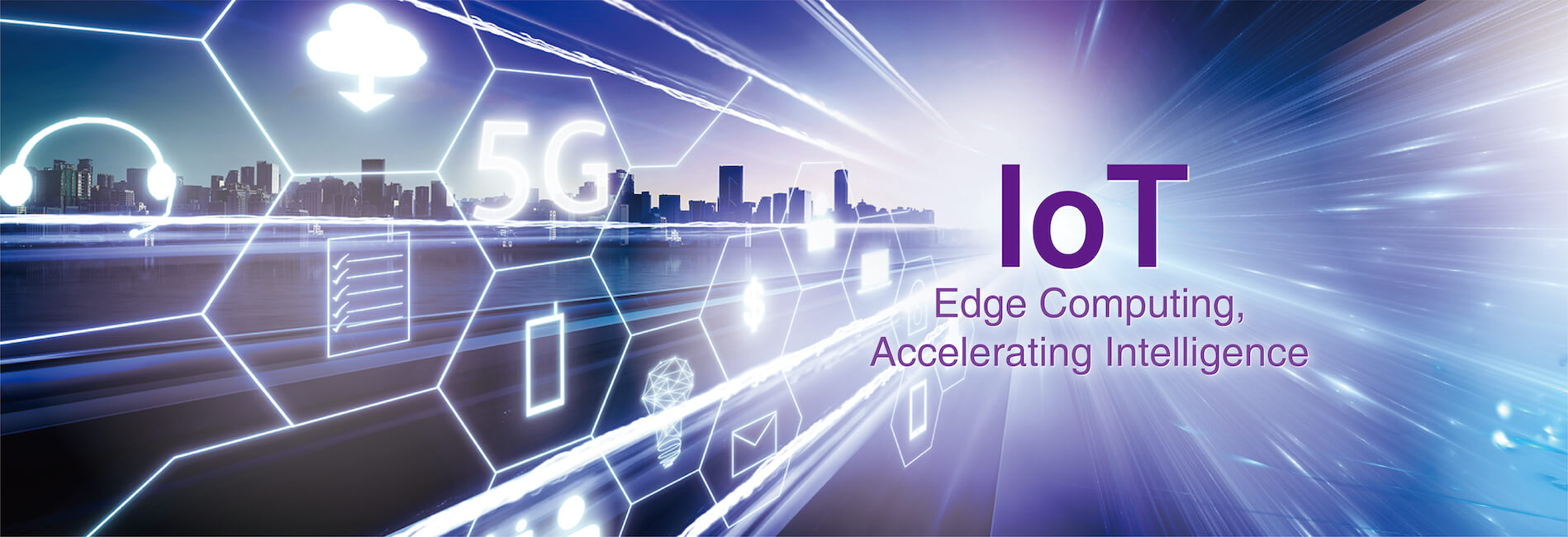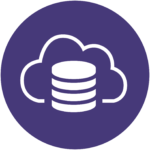


It’s estimated that until 2020, the use of Internet of Things (IoT) Intelligence device will reach 500 million units, which has great demand for Internet bandwidth, cloud storage, and computing capability, facilitating entire industry in terms of data collecting and pooling. In order to improve IoT efficiency, edge computing can not only shorten response time but also make data analysis more comprehensive and precise if AI is well introduced at the same time. What’s more, if we make good use of cloud service and edge computing, the infrastructure cost will be reduced, improving entire synergy.
To leverage the current internet infrastructure, an intelligent IoT gateway is developed for the purpose of connecting legacy and new equipment, from garage door opener, vending machine, cooling or heating devices to industrial robot and wind turbine, to get the data from them, and in return to control them intelligently based on the instructions or analytical results from the connected servers. Since most of the industrial automation devices are often designed in different protocols of interconnectivity. A versatile IoT gateway with various protocol supports is also used as the path between these automation devices and the cloud.
Portwell, a world-leading innovator in Industrial PC (IPC) and a Premier member of the Intel Internet of Things (IoT) Alliance, provides a series of the off-the-shelf Intelligent IoT Gateway solutions. Furthermore, to address customers’ needs in supporting various protocols to different sensors, actuators, and devices, Portwell offers design service, including but not limited to, adding I/Os for more connectivity, customizing the chassis, fine-tuning the power source. Also, Portwell has been taken full advantage of the Intel SoC (system on chip) processors to design compact and sleek intelligent gateway devices packed with great features, such as local data or decision processing, advanced data encryption, remote security management, and in-device analytics. And the Portwell IoT gateways support software in the OS environment of customers’ choice: Linux™, Microsoft® Windows® CE, and Windows.

Internet of Things (IoT) does not involve simply collecting data in Perception Layer but efficiently compiling data and making scientific analysis to make useful Big Data. Portwell Edge Computing PC has been awarded Microsoft Azure Edge Certificate, which is useful for our customers to find the cloud service they need with their IoT device connected to Azure IoT Edge.

The best way to construct IoT is to make good use of both Cloud Computing and Edge Computing technology. With smart assignment, for example, when we encounter important and urgent event, we may assign Edge as main decision maker to make quick reaction. But as for other less urgent events, we may put them in Cloud Server to deal with later. With this smart cooperation, the computing efficiency will be improved and the hardware cost will be reduced.

With the use of Internet of Things (IoT), Big Data that analysis messy information into useful data is actually stored in Cloud Storage, which is indeed not easy for we human to manage and analyze on our own. So, if we can use AI to do preliminary Edge Computing on data in Perception Layer, we can make prompt response and reduce the data volume going to Cloud.

If applied in Machine Vision industry, Edge Computing also needs to consider several aspects like bandwidth, storage, preciseness and low latency. Portwell can provide well deployed model for customers to use on corresponding hardware to meet their needs and reduce construction cost.

Equipped with EIS (Edge Intelligent Suit) developed by Portwell for the Edge Computing Middleware, not only allows the edge computing host to have AI, but also allows the data received by the sensor to make corresponding processing to achieve in IoT terminals application. It can immediately respond to processing demands, so that the AIoT application environment can be wider and closer to the needs of user applications....[Read more]

If AI is not connected to the Internet of Things (IoT), it is like a brain that has no sensors to collect the surrounding information; however, if the IoT is not equipped with AI applications, it seems like there are senses but no way to reach the brain for reaction. Therefore, the combination of IoT and AI which becomes the "Artificial Intelligence Internet of Things" (AIoT) is the mainstream trend of future technology, which helps companies reduce costs, improve efficiency, explore new business opportunities, and further develop brand new business models....[Read more]

Portwell’s Embedded Motherboard Creates a Solution for Collecting and Transmitting Energy Extraction Data Project Background: This project focuses on developing oil and gas extraction gateways that facilitate the collection and transmission of data to the cloud for high-performance digital monitoring. [Read more]